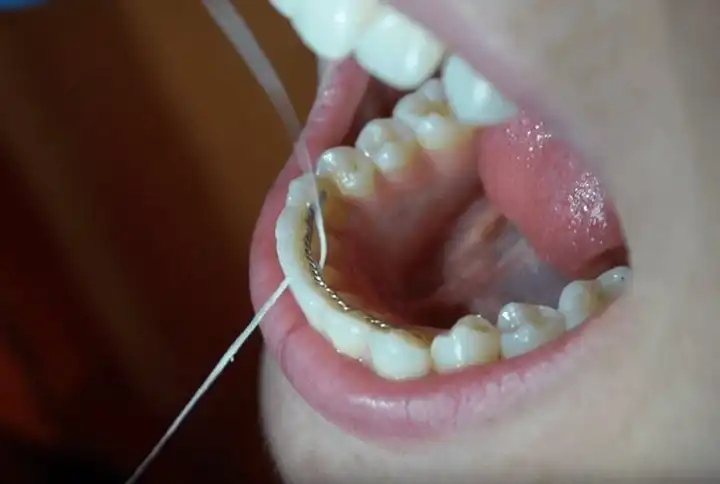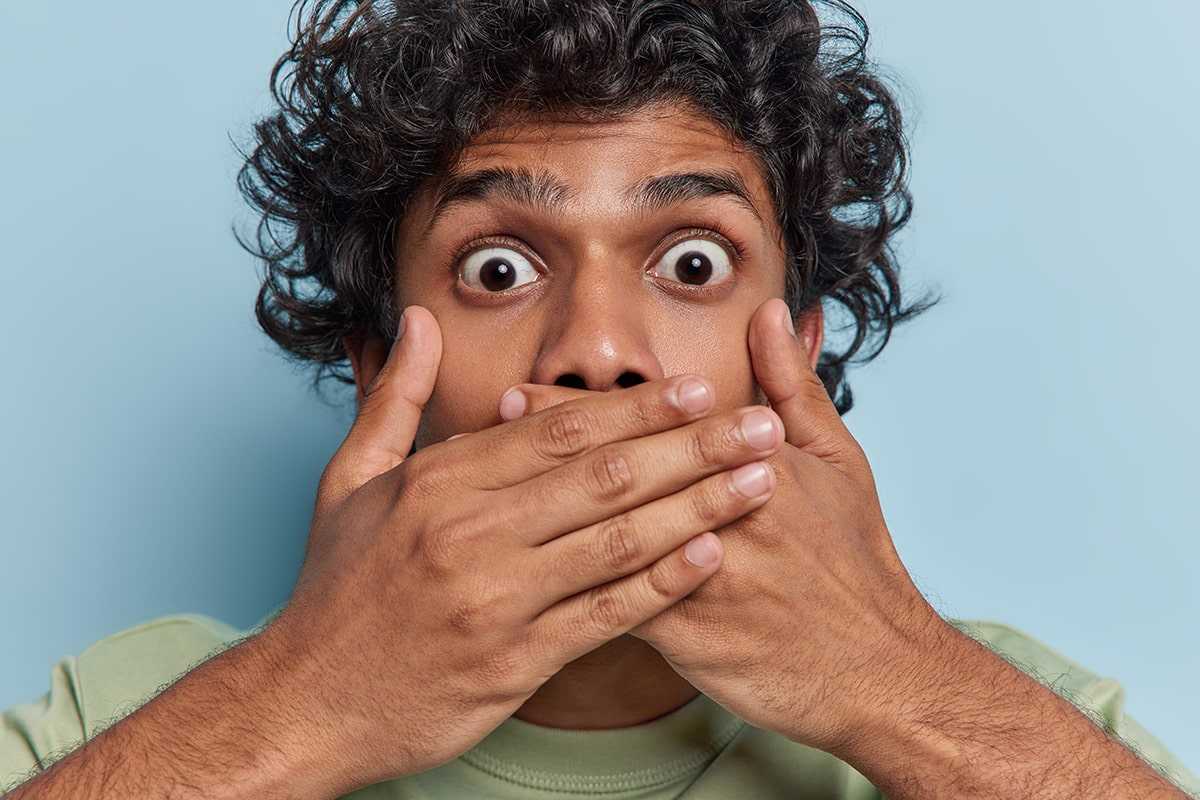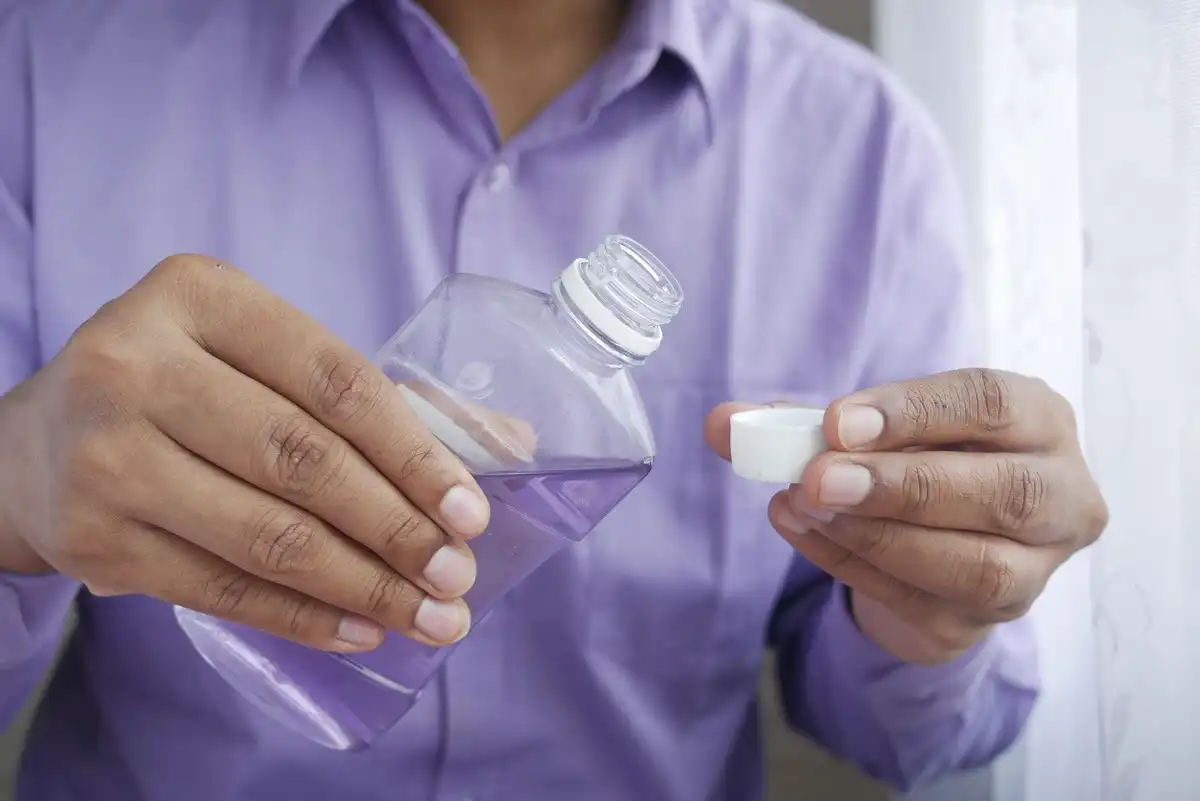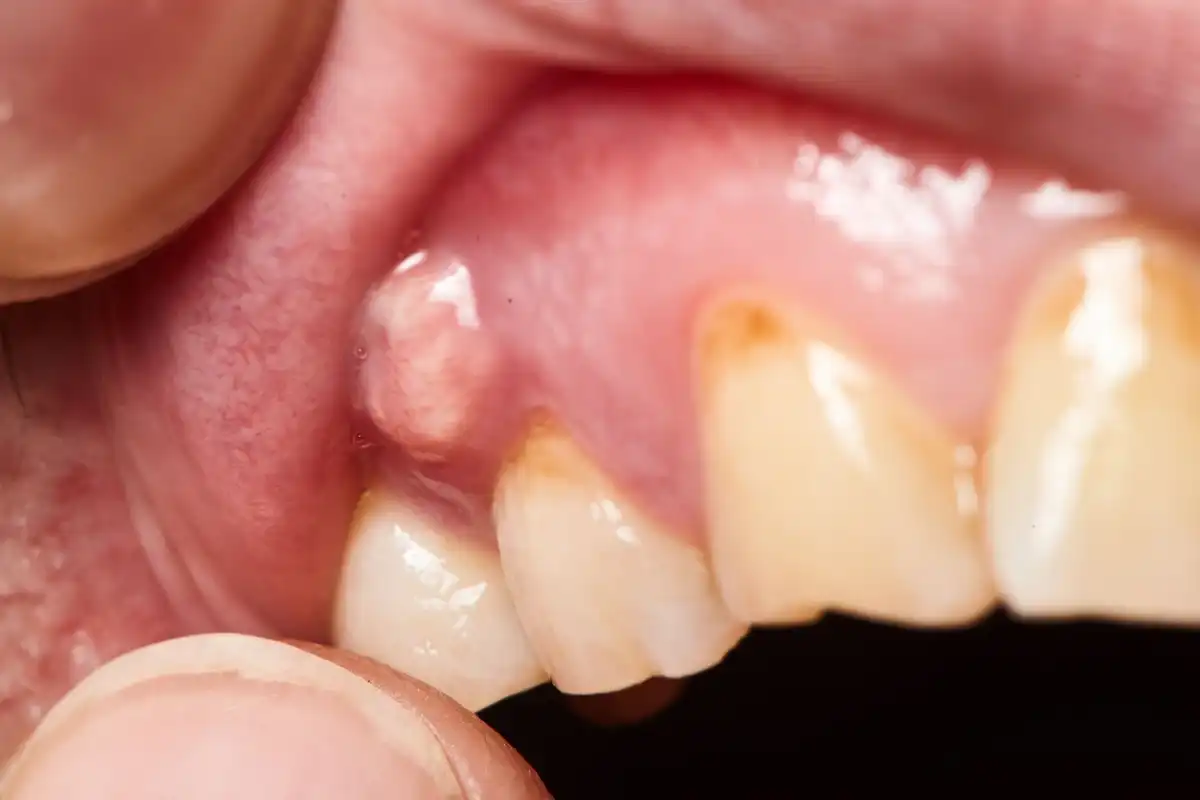Brushing Baby's Teeth: When to Start, How to Brush & Refusal Tips
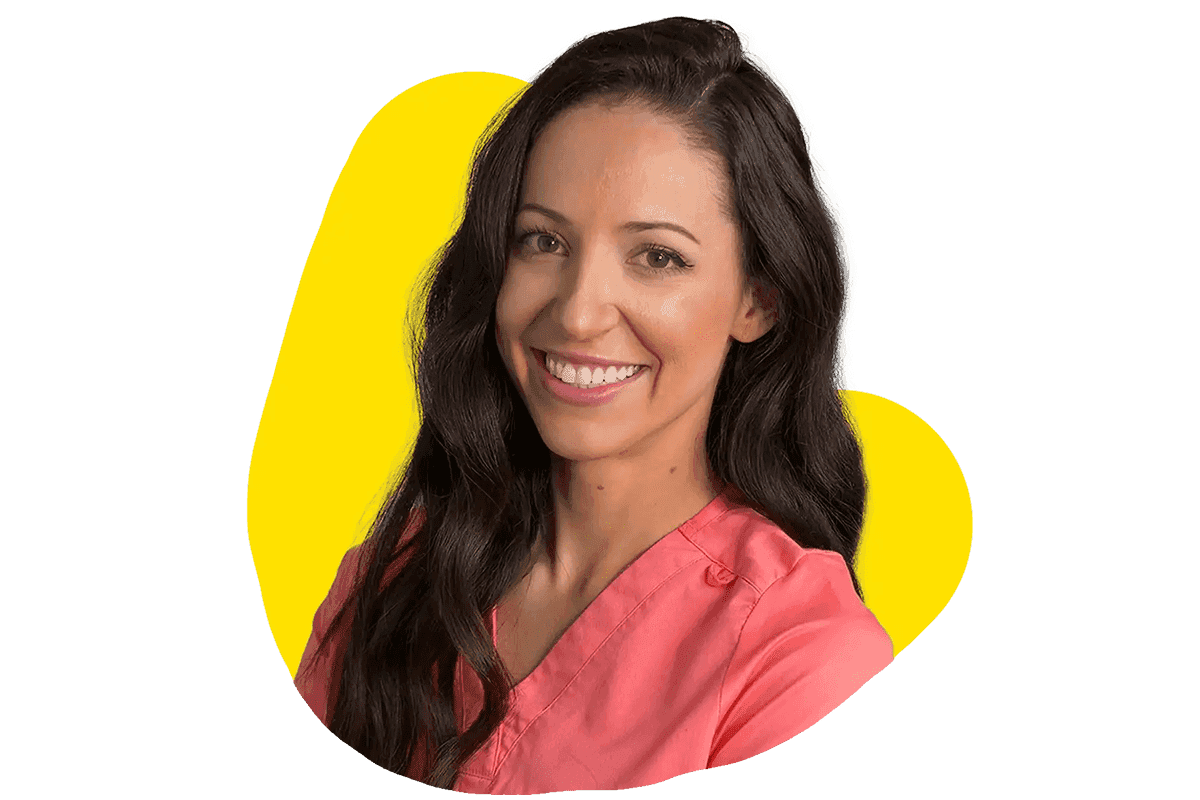

When it comes to brushing your child's teeth, you can never start soon enough! For parents, knowing when to brush your baby’s gums or teeth can make a lifetime impact on your child’s future smile. Since cavities and gum infections are usually preventable, parents play a key role in getting their child’s smile off on the right start. Early preventative care can potentially save your child from a lifetime of oral health complications and dental phobia.
When Should I Start To Brush Baby Teeth?
It’s never too early to implement a good oral hygiene routine for your baby's oral health. Although tooth eruption times vary from one infant to the next, the majority of babies will get their first tooth sometime between 6-12 months. Brushing your baby's teeth before they even begin to erupt can make oral care less of a battle for parents and children alike. But most importantly, it ensures a healthy environment for their new teeth to erupt into. Plan to start brushing baby’s teeth before they even start to come in.
Should I Brush My Baby's Gums?
Since you’ll want to start brushing baby’s teeth before they make an appearance, the next logical question is should you be brushing their gums? Or is there a better way to clean their delicate oral tissues?

Most pediatric dentists and hygienists will tell you that you can use a clean, soft, damp washcloth to gently wipe baby’s gums after feedings. If you can, try to clean the roof of their mouth and tongue as well. Wiping these areas regularly will lower the risk of oral thrush (yeast infections) and mastitis, if you’re a nursing mom.
If you prefer not to use a washcloth, another option is to select a super-soft “training” or baby toothbrush. Either one is fine. The key is consistency.
How Do You Brush Baby Teeth?
The most important thing to remember when brushing baby’s teeth is to aim for twice a day and always between a feeding and bedtime. If baby goes to sleep with milk in their mouth — or any other liquid other than water — it can drastically raise their chances of developing a serious condition called “baby bottle tooth decay.” Even though milk is essential for your child, it contains natural sugars that feed bacteria and create acid byproducts.
No Baby Teeth, Brush Their Gums
At this stage, you’re acclimating your child to having their mouth/teeth cleaned regularly (making the transition to brushing easier) and focusing on preventing oral infections. You can either use a baby toothbrush, finger brush, or a soft washcloth to gently wipe all of their gum tissues, tongue, and roof of mouth. Tap water is all you’ll need. Even if you don’t see any residue, clean the toothbrush or change to a fresh washcloth each time it’s time to clean their mouth. Time isn’t really a big issue at this point since there are no teeth to clean. The main goal is to ensure their soft tissues are thoroughly wiped clean at least once or twice to remove any leftover milk or bacterial plaque.
With Baby Teeth
At this point, your baby has their first tooth or a half dozen (eventually they’ll have 20 baby teeth in total.) The key is to focus on brushing each one for several seconds, making small circular motions across the front and back of each one, taking care to clean along the gumlines. As your baby gets a little older and the molars (back teeth) start to come in, you’ll also want to be brushing their chewing surfaces as well. Remember to clean the gums where there aren’t teeth yet, as well as their tongue and roof of mouth.
Can Babies Use Fluoride Toothpaste?
The key is all in the dosage. Since long-term ingestion of high amounts of fluoride can alter tooth development, you want to use an extremely small amount on any baby or toddler that can’t spit and rinse. Most people use too much as it is. When it comes to brushing baby’s teeth, parents should only use a “rice grain” sized smear of fluoride toothpaste on the toothbrush. Nothing more.
Keeping it limited to this small of a dosage means there won’t be any harmful side-effects (like an upset tummy) if some of it is accidentally ingested. Older children who can rinse well should use a pea-sized amount, which surprisingly enough is the same dose recommended for adults!
Choosing The Right Toothbrush
Selecting an appropriately sized toothbrush is probably one of the most important parts of brushing your baby’s teeth. Many people prefer the “finger brushes” that can be placed over your fingertip to clean your baby’s teeth and gums. Or you can use a training or infant toothbrush that’s extremely small. The key is selecting one that’s sized for a baby’s small mouth. If it covers more than a couple of teeth a time, then it’s probably too large. The same goes for toddlers once they have a preference on choosing their own toothbrush!
Electric toothbrushes really aren’t necessary for babies or toddlers. Once your little one is in preschool and a bit more independent, it’s fine to let them start using an electric toothbrush.
How Often To Brush Baby Teeth
Trying to figure out when to brush your baby’s teeth each day? When in doubt, do what you do for your own teeth: brush them twice a day. Especially before your baby goes to bed (regardless of whether they’re sleeping through the night yet - just to form good habits) so that they don’t go to sleep with milk on their teeth. And if you’re able, make it a goal to try to clean their mouth three times a day. If you have the time and energy, it’s fine to clean their mouth after every feeding.
The early habits you form today will be the ones that stick the longest. If your baby grows up into a toddler and preschooler being used to brushing their teeth 2-3 times a day, they’ll be more likely to stick with it as they get older. Again, the key is to prevent dental problems before they have a chance to start.
How To Brush Baby's Teeth When They Refuse
As every parent knows, there are going to be times when your child doesn’t want to cooperate. But that doesn’t mean you get to skip brushing their teeth or cleaning their gums. Otherwise, the long-term impact would mean serious tooth pain and tons of unnecessary dental work. So instead, you’re left trying to figure out how to get them to let you brush your teeth without a ton of tears.
Here are some tips you can keep in mind:
- Get an infant toothbrush
- Purchase two toothbrushes and use the handle of one as a prop on one side of your baby’s mouth while you brush with the other.
- If the baby is crying, their mouth is open and it’s easier to quickly brush their teeth (sad but true.)
- Distract your baby by singing, smiling, or making silly noises.
- Let the baby play with and chew on a toothbrush as a toy, acclimating them to the idea of having one in their mouth.
- Swaddle your baby in a blanket to prevent them from pulling your hands or toothbrush out of the mouth during toothbrushing sessions.
Practice makes perfect. With time, this too shall pass!
Teaching Your Toddler To Brush
During this time, you’ll want to teach your toddler how to brush their own teeth, but you’ll also need to go back behind them again and do it yourself. At least for a while.
Make toothbrushing a fun event. Stand together in front of the mirror to brush (kids love the one-on-one time) or brush each other’s teeth while you play “dentist.” Consider playing a song on the radio to show your toddler how long to brush. If it’s one of their favorites and timed around two minutes, even better.
Ideally, you want to brush baby teeth in large circles, cleaning the entire tooth as well as near the gums. Molars (back teeth) also need to be brushed on the chewing surfaces. Take time to make sure your toddler is brushing each tooth and every surface. Since they’re young, they’ll need your extra help until they get quite a bit older.
Tips For Toddlers Brushing Their Teeth
Right now, the most important thing to keep in mind is that you’re instilling healthy habits, not perfection. When you work with your toddler to brush their teeth twice a day, you’re training them to:
- Brush teeth for a set time period (two minutes). Using a timer or song as a cue is extremely helpful.
- Always use a soft-bristled toothbrush
- Focus on brushing just one or two teeth at a time to prevent them from skipping over multiple areas.
- Be precise about how much fluoride toothpaste they’re using. Remember, a grain of rice-sized smear is all that they need until they can rinse their mouth out well. At that point, graduate to a pea-sized amount.
- Brush together at the sink, having your child copy your techniques.
- Remember that brushing is just half of their oral hygiene routine. Be sure to follow up with floss to clean between!
If your toddler is hesitant about wanting to brush, take them with you to the store to pick out a new toothbrush. Just keep it age (and size) appropriate, since anything too big won’t be able to clean around their small mouth. An electric toothbrush is fine, so long as the toothbrush head isn’t any larger than about two of their teeth.
Teething Tips
First, take a deep breath. Teething is a completely natural developmental process. As fussy and uncomfortable as your baby may seem, you’re going to remember this more than they are. Since the teeth have to actually “cut” their way through the gums to erupt, the best relief you can offer is giving your baby safe, sterile teething toys to chew on. The pressure can ease some of the discomfort while also speeding up the process of the tooth working its way through the gums.
A couple of years ago, the FDA issued a warning about the safety of teething gels and homeopathic teething tablets for babies. Today, most dental professionals will tell you that your baby probably doesn’t need those over-the-counter remedies if they’re cutting teeth. In the rare situation where your child is in enough pain to need some occasional Motrin or Tylenol, make sure you’re communicating with your pediatrician and/or pediatric dentist.
Preventing Cavities
How you brush your baby’s teeth today will impact their likelihood of getting cavities when they’re a toddler or older. Any teeth — baby or not — can get cavities if they’re not cleaned routinely. Especially in infants, whose primary food intake is a liquid that contains natural sugars. Always clean your baby’s mouth at least twice a day, but it can’t hurt to do so after every feeding.
Even more important is this essential advice: never put your baby to bed with a bottle or sippy cup. Especially if it has something other than water in it (and babies usually don’t need to drink water, because they stay hydrated through milk and formula.) Babies who go to bed with bottles or sippy cups are at extreme risk for baby bottle tooth decay, which is an aggressive form of cavities that attack the top front teeth in infants.
Plan a trip to your family or pediatric dentist’s office by the time your baby has their first tooth, or they turn 1 year old, whichever comes first. Partnering with a trusted dental provider will give parents the resources they need to help their child avoid cavities before they ever have a chance to start. Make a point to schedule six month checkups from there on out, that way any potential issues can be intercepted ASAP. It's also a good idea to prevent or stop thumb sucking by 2-3 years old.
Pediatric Dentistry: Dental Care For Infants And Toddlers
You’ll want to start brushing baby’s teeth and gums before the teeth ever erupt. You can use a soft washcloth over your finger to clean their gums twice a day, then transition to a baby toothbrush once the teeth start coming in. Try to brush twice a day, or after feedings if you can. Forming good oral hygiene habits and preventing plaque buildup can significantly cut down on your child’s risk of getting cavities as a toddler or preschooler. As your child learns to brush, continue helping them until they have the dexterity to tie their own shoes. Keep in mind that it’s safe to use a rice-grain sized smear of fluoride toothpaste for now, then transition to a pea-sized amount once your child can rinse and spit well. And finally, be sure to schedule a dental checkup with your pediatric dentist by the time your child is at least one year old, or sooner if their teeth are already starting to come in.

Make your inbox smile!
Subscribe

